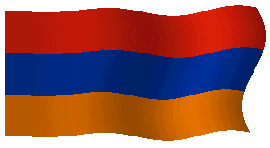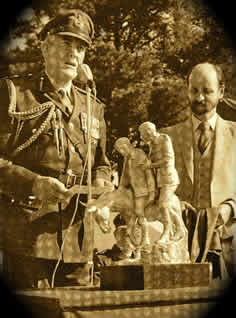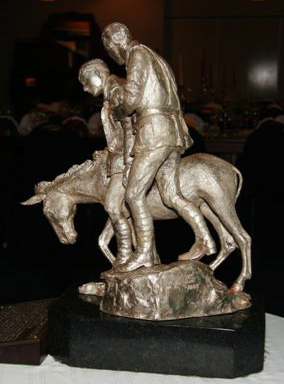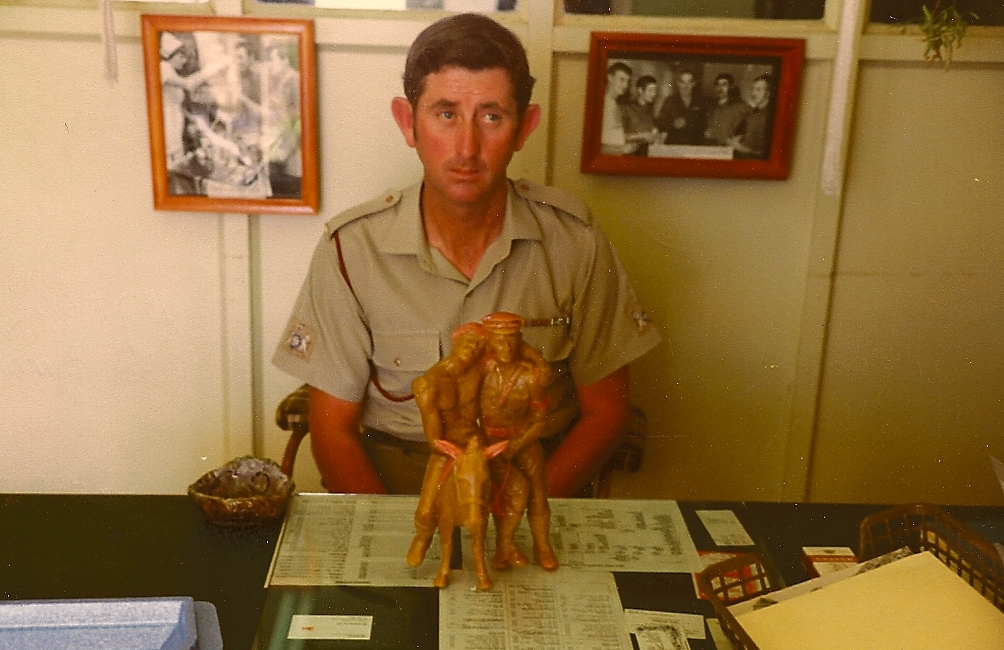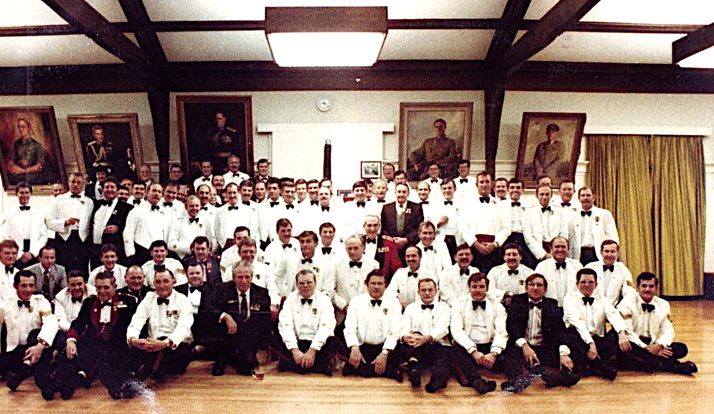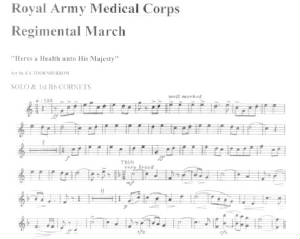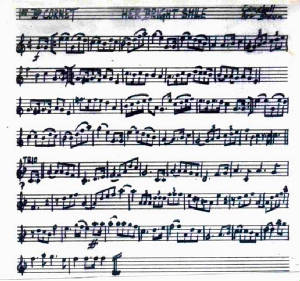RAAMC Badge | Corps Motto | Royal Title | RAAMC Flag | Centrepiece
Soldiers Chappel Door | RAAMC Prayer | Regimental March | Slow March
The Corps MascotThe RAAMC has chosen a donkey as the Corps Mascot in remembrance of the heroic and humane deeds of PTE John Simpson Kirkpatrick who used a donkey at Gallipoli to carry wounded soldiers from the battlefield to the beaches for treatment and evacuation. He worked untiringly under appalling conditions and without regard for his own safety and was ultimately killed in the performance of his duty on 19 May 1915. Simpson and his donkey became legends of Gallipoli and his deeds stand in the highest traditions of the service. This is acknowledged in the Official History of the Australian Army Medical Services 1914-1918 Vol 1 'Gallipoli' which records: "A stretcher bearer of the 3rd Field Ambulance, of quiet disposition, enlisted as 'Simpson' had obtained a small donkey, and with this animal he for many hours a day traversed the valley, bringing down in this way an extraordinary number of casualties. When warned of the extreme danger that he ran, he would always reply "My troubles!"Private John Simpson and his donkey. Everyday after landing and frequently under heavy enemy fire the man and his donkey carried men with leg wounds to the beach. On 19 May 1915 enemy fire killed him and wounded again two men he was bringing to safety. Simpson has been selected for mention because-the quality of his courage and the nature of the service he provided are typical of those demanded of the stretcher bearer, who must carry his case (the wounded soldier), undeviatingly, without haste but without rest, through long periods of exacting and dangerous toil. Conduct such as his, and the high standard thus set in the rescue of the wounded, gained for the stretcher bearers what they desired - not a halo of sentimental eulogy, but the confidence of the men who fought and comradeship on terms equality with them" The RAAMC today see Simpson's work at Gallipoli as the immortalisation of our role. The original idea for a donkey as a Mascot was first mooted by MAJ Peter Devine, then Admin Officer 11 Fd Amb early in 1976. Approval was granted for 11 Fd Amb to have a Unit Mascot on. 24Febru.iry 1977. The donkey, stud name; Taranganba Jeremiah was born on 12 March 1976. He was renamed PTE Jeremy Jeremiah Simpson and was officially enlisted by CARO on 12 November 1977 and allocated Army number MA 0090. At this time 11 Fd Amb joined the Queensland branch of Australian Donkey Breed Society. PTE Simpson appeared on the front page of the Donkey Digest. On 2 March 1979 PTE Simpson participated in Australian Donkey Breed Society Show and won a blue ribbon and three white ribbons- PTE Simpson was designated the RAAMC Mascot in 1981. He is now housed and cared for at 1 HSB, Manunda Lines, Holsworthy, NSW.
|
Royal Australian Army Medical Corps BadgeThe basic plate of the Corps badge is the eight pointed Star of the Order of the Garter. This is derived from the pattern of the Shako or Helmet Plate -which was universally In 1888, the NSW Medical Staff Corps was identified by a badge similar to our present badge. The badge consisted of the base plate which was the eight pointed Star of the Order of the Garter surrounded by a laurel wreath. The wreath implies a symbol of excellence. It stems from ancient Greek times when champions were crowned with a wreath for their achievements. The badge was crested with the St Edward's Crown. The central feature of the badge was a cut out cross, backed by a piece of scarlet facing doth. On the scroll at the base were the words "Medical Staff Corps". After Federation and the formation of the Australian Army Medical Corps (AAMC), the badge remained basically the same except that the title "Australian Army Medical Corps" appeared in a circle surrounding the red cross. The St Edward's Crown was replaced by the Imperial Crown and the motto "Paulatim was inscribed on the scroll. In 1917 a new badge was introduced. This was an oxidised seven pointed star with the Rod of Aesculopius (Staff and Serpent), as the central feature. The Staff and Serpent were taken from olden times when these symbols represented magician or healer. The scroll at the base of the badge was inscribed "AAMC", and the motto " Paulatim" was removed. In 1929, the present badge was introduced again with the motto "Paulatim". The only variations since 1930 have been the addition of Royal to the title in 1948 and the Imperial Crown replacing the St Edward's Crown after the coronation of Her Majesty Queen Elizabeth II in 1953-
|
Corps Motto"Paulatim" Surgeon-General Colonel W.D.C. Williams is the man credited with bestowing the Corps Motto on the Australian Army Medical Corps. As the -principal Medical Officer of the New South Wales Medical Staff Corps, LTCOL W.D.C. Williams first introduced the motto "Paulatim" during an address to the United Services Institute in 1893 in which he stated - "Regimental traditions are the sheet anchor of are the sheet anchor pride which encourages a soldier to look to his own regiment or service as second to none under arms and when we consider the slow growth of Medical Services, not only in the colonies, but all over the world, springing from seed sown on none too favourable ground, badly carried for their early growth, occasionally pruned to such an extent so as to cut them down altogether , may I suggest a motto which conveys in one word the life history and growth of the Medical Services and could most fittingly be adopted . I give you Paulatim little by little. |
Royal TitleThe Australian Army Medical Corps initially applied for the Royal Title to be granted in March 1939. The Australian Army Medical Corps was granted the Royal Title by the late King George VI on 10 November 1948. The l0th November is known as Corps Day and is normally a day of commemoration and it is observed on the closest Sunday to 10th November-
|
RAAMC Door Soldiers Chappel - KapookaThe Soldiers Chapel at the 1st Recruit Training Battalion, Kapooka, was officially opened on 30 Oct 1993. The Soldiers Chapel was built using money that was donated by soldiers & the public. The Soldiers Chapel has 22 memorial doors that can be purchased and etched with a Corps Badge by Corps and Army Associates. On 18 November 1993, the RAAMC Corps Committee agreed to purchase a door at the newly opened Soldiers Chapel, which was to be etched with the RAAMC Badge at a cost of $5,000. The money to purchase the door was donated by members of the Corps and the Corps Fund. On 21 October 1995 the RAAMC Memorial Door at the Soldiers Chapel was dedicated. The then SGADF, MAJGEN D.G. Rossi, AO welcomed members of the Corps to the Dedication Service. DGAHS, BRIG P.T.R. Buckley AM did the Occasional Address which he concluded with the following statement: "I am proud to be head of such a noble and esteemed Corps and commend the traditions and roles of the RAAMC to all. The Memorial Door will stand as a tribute to a proud Corps, and will serve as a reminder to young soldiers, that they will always be supported, in their health needs by a noble Corps, one with a distinguished history, an eminent presence and a rosy future." The door was presented to the Soldiers Chapel on behalf of the Corps by COL WJ. Wilkinson, RFD, ED - Honorary Colonel - Eastern Region- The door was received and dedicated by Chaplain G. Ramsden. The RAAMC Memorial Door is located in the Roman Catholic Wing. The Corps is also represented in the Anglican Wing by a stained glass window of Simpson and His Donkey. |
RAAMC PrayerThe RAAMC Prayer is as follows: Almighty God, your son Jesus Christ endured the depth of human suffering, help us members of the Royal Australian Army Medical Corps in our care of those who suffer, give us the skills and compassion we need to work with you in healing wounded minds and bodies through Jesus Christ Our Lord Amen. |
RAAMC Regimental March
|


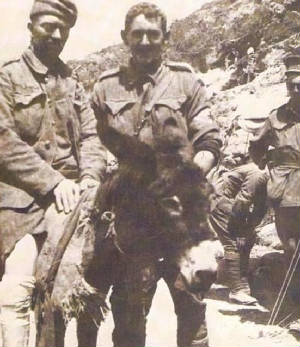
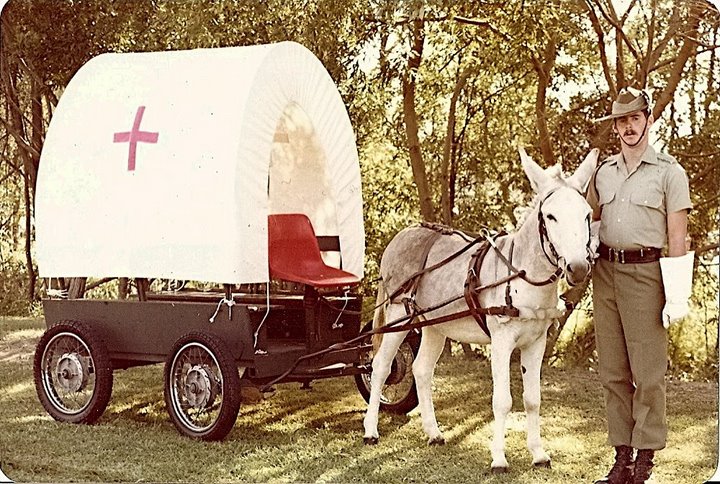
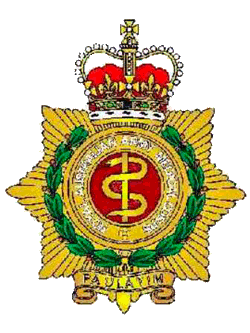 adopted by the British Army in 1822. The reason for its adoption is obscure, but with various alterations it remained the basic plate for almost all Infantry Regiments and some services, including Medical, until 1914.
adopted by the British Army in 1822. The reason for its adoption is obscure, but with various alterations it remained the basic plate for almost all Infantry Regiments and some services, including Medical, until 1914.